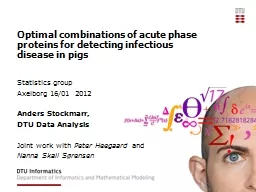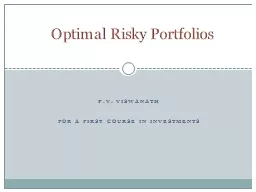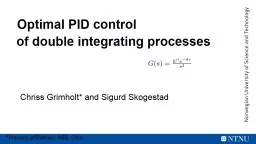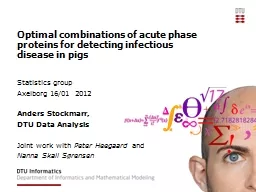PPT-Towards Globally Optimal Normal Orientations for Large Poin
Author : pamella-moone | Published Date : 2017-04-28
Nico Schertler Bogdan Savchynskyy and Stefan Gumhold CGF2016 Motivation Given an unstructured point cloud with unoriented normals SGP 24 June 2016 Towards
Presentation Embed Code
Download Presentation
Download Presentation The PPT/PDF document "Towards Globally Optimal Normal Orientat..." is the property of its rightful owner. Permission is granted to download and print the materials on this website for personal, non-commercial use only, and to display it on your personal computer provided you do not modify the materials and that you retain all copyright notices contained in the materials. By downloading content from our website, you accept the terms of this agreement.
Towards Globally Optimal Normal Orientations for Large Poin: Transcript
Download Rules Of Document
"Towards Globally Optimal Normal Orientations for Large Poin"The content belongs to its owner. You may download and print it for personal use, without modification, and keep all copyright notices. By downloading, you agree to these terms.
Related Documents














